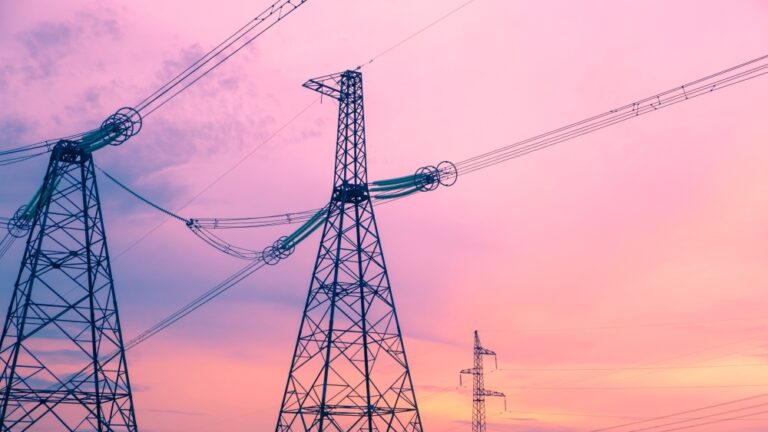July 28, Kathmandu. Nepal has become a net electricity exporter. According to the Nepal Electricity Authority, Nepal exported electricity worth NPR 16.93 billion to India in the fiscal year 2080/81. In the same period, Nepal imported electricity worth NPR 16.81 billion. With exports exceeding imports, Nepal has successfully become a net exporter, according to the Authority. The Authority reported that from August to June of the last fiscal year, 1.9426 billion units of electricity were exported to India.
The Authority sells surplus electricity, after domestic consumption, to the Indian Energy Exchange (IEX) in the Day-Ahead and Real-Time Markets at competitive rates, and to the Indian company NTPC Vidyut Vyapar Nigam Ltd (NVVN) under a medium-term electricity agreement. NVVN sells this electricity in the state of Haryana. The average rate of exported electricity is NPR 8.72 per unit.
The Authority imported electricity worth NPR 16.81 billion in the last fiscal year. Due to reduced water flow in rivers and streams during the dry season, electricity production from domestic river-based hydroelectric plants decreases, necessitating the import of 1.8335 billion units of electricity from India to meet demand. The average rate of imported electricity in the winter season is NPR 9.17 per unit.
In the last fiscal year, Nepal exported NPR 122.3 million more electricity to India than it imported. Similarly, in terms of energy, Nepal exported 109.1 million more units of electricity than it imported. With the volume of exports surpassing imports, Nepal has become a net exporter of electricity within three years of entering the competitive Indian market.
In the fiscal year 2079/80, Nepal imported electricity worth NPR 19.444 billion from India and exported electricity worth NPR 10.455 billion.
The Executive Director of the Authority, Kulman Ghising, stated that while electricity imports may still be necessary for a few winter months in the coming years to manage internal demand, the volume of exports is expected to increase.
“Up until six or seven years ago, Nepal was only an electricity importer. Three years ago, we started exporting to the Indian competitive market, but imports still exceeded exports, making us a net importer. However, from the last fiscal year, we have transitioned to a net exporter. Even though we are a net exporter by a small margin, this is a significant achievement and a milestone for the energy sector,” said Executive Director Ghising.
He added that with sufficient electricity availability, the increased use of electric vehicles and induction stoves within the country has reduced petroleum imports. As electricity exports increase, it contributes to reducing the trade deficit between Nepal and India and positively impacts the country’s foreign currency reserves.
Nepal entered the Day-Ahead Market of India’s Energy Exchange on May 1, 2021. Initially authorized to import electricity, Nepal also gained entry as an exporter on November 3, 2021. Currently, Nepal sells approximately 700 megawatts of electricity daily to India in the medium-term, day-ahead, and real-time markets. The Authority has received permission to export 690 megawatts of electricity produced from 16 projects.
Executive Director Ghising mentioned that an additional 400 megawatts of electricity export permission is in progress under the medium-term agreement. “We are in the final stage of obtaining permission to export an additional 400 megawatts of electricity to the states of Haryana and Bihar. We will also soon sign an agreement with Bangladesh and start exporting 40 megawatts this year,” Ghising said.



 About Us
About Us
Comment